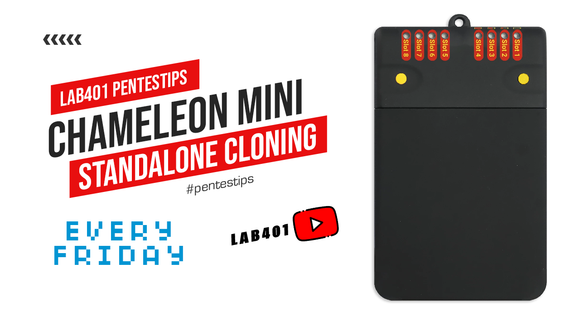

Writing a 4Byte dump on a different card As it is just cool to write a cards dump back, I have found a 4Byte UID MIFARE Classic 1kB card. In contradiction, a 4 byte ID is an identifier which may be assigned to more then one contactless chip over the production time of a product so that more then one card with the same identified may be deployed into one particular contactless system.

This database ensures that a single identifier is not used twice. The are explained as follows.Ī 4 byte UID is an identifier which has been assigned by the card manufacturer using a controlled database.
#Cracking mifare ultralight serial number
MIFARE Classic vs MIFARE Utralight), I have added some pictures: A more detailed picture explains some more information is included after the serial number on block 0: A more detailed picture of the 7byte UID: The UID thing that messes with my head As you could see on my tag info, the UID on my trash card is 7 byte, so it works a bit different than the 4 byte one. In order to understand the difference between a 4Byte and 7Byte UID (i.e. I also noticed that the UID was 7Byte, making it a MIFARE Ultralight card grrrrrrr About this manufacturer block (Sector 0 – Block 0) This part of the card is the only interesting part, as no other data is written to any sector/block as far as I can see. Detailed information about every sector on the card (if any data would be present except the UID) So the only interesting information is in Sector: 0, also called the manufacturer block. I used the on my Samsung S6, the the result was a bit disappointing. Reading and capturing contents of the card After some investigation I noticed that my Samsung mobile phone has a NFC reader. Mifare Ultralight tags are inexpensive t. It basically allows you to handle Mifare Ultralight tags. Hi everybody, I recently finished working on a new app. MiFare Ultralight cards have a 7-byte UID that uniquely identifies the card. Manufacturer / data / value blocks MIFARE Ultralight? MiFare Ultralight cards typically contain 512 bits (64 bytes) of memory, including 4 bytes (32-bits) of OTP (One Time Programmable) memory where the individual bits can be written but not erased.MIFARE Classic? Some informational dumps:.

In my search for information, I found the following pages interesting: By holding the card in front of the reader, I can open the trashcan, ohw happy days. I got a trash card, a card that I have to use to open the underground trash bin, that I want to clone.Īs the replacement costs for a lost / broken card is €10 a clone would be a good investment.


 0 kommentar(er)
0 kommentar(er)
